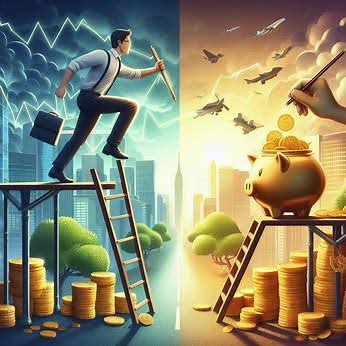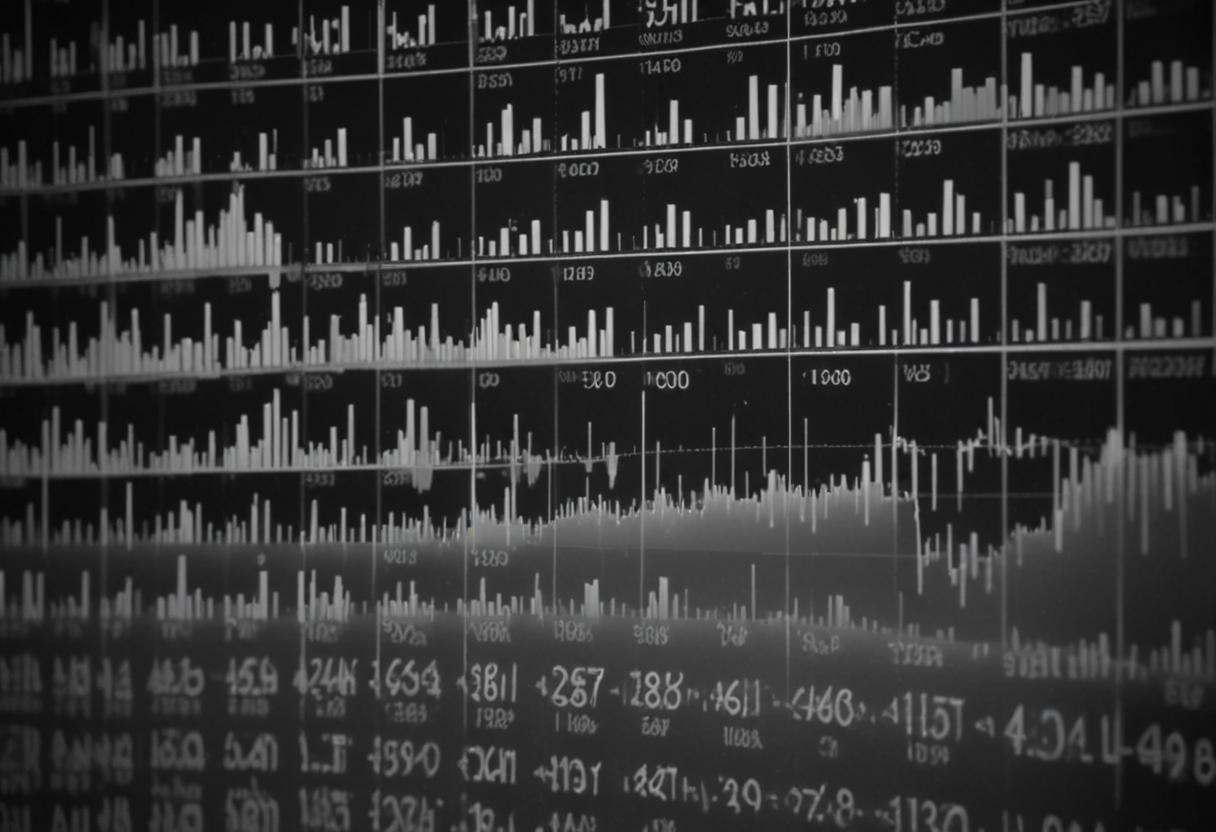Economic growth is a fundamental goal for nations worldwide, aiming to improve living standards, reduce poverty, and enhance overall prosperity. One of the critical relationships in economics is the link between economic growth and commodity prices. As economies expand, demand for various commodities tends to rise, often driving up their prices. This article explores how policies that stimulate economic growth can influence commodity markets, the mechanisms involved, and the broader implications for economies and industries.
The Link Between Economic Growth and Commodity Prices
Economic growth typically leads to increased production and consumption, which, in turn, boosts demand for a wide range of commodities, including energy, metals, agricultural products, and raw materials. This demand surge can drive prices higher through several mechanisms:
1. Increased Industrial Activity: Economic expansion often involves the growth of industries such as construction, manufacturing, and transportation, which require significant amounts of raw materials and energy.
2. Higher Consumer Demand: Rising incomes and improved living standards result in greater consumption of goods and services, which also drives up the demand for commodities used in production processes.
3. Infrastructure Development: Governments often invest in infrastructure projects, such as roads, bridges, and energy facilities, during periods of economic growth, leading to heightened demand for construction materials and energy sources.
4. Agricultural Demand: Economic growth can lead to dietary changes, with higher meat consumption requiring more feed grains, increasing demand for agricultural commodities.
Policies That Stimulate Economic Growth
Governments and central banks implement various policies to stimulate economic growth, each with distinct effects on commodity demand and prices:
1. Monetary Policy: Lowering interest rates and quantitative easing can boost economic activity by making borrowing cheaper and increasing the money supply. This can lead to higher investment in industries and infrastructure, raising demand for commodities.
2. Fiscal Policy: Government spending on public projects and services, as well as tax cuts, can stimulate economic growth by increasing disposable income and encouraging investment. Infrastructure spending, in particular, directly impacts demand for construction materials and energy.
3. Trade Policy: Policies that promote exports and open up new markets can drive economic growth by increasing production and demand for commodities used in manufacturing export goods.
4. Regulatory Reforms: Deregulation and reforms aimed at improving business environments can stimulate economic growth by fostering entrepreneurship and investment, subsequently increasing commodity demand.
5. Innovation and Technology Policies: Investments in technology and innovation can drive productivity and economic growth, leading to higher demand for commodities in emerging industries and technologies, such as electric vehicles and renewable energy.
Impact on Specific Commodity Markets
The effect of economic growth on commodity prices varies across different markets:
1. Energy Commodities: Economic growth often leads to higher energy consumption. Increased industrial activity, transportation, and residential energy use drive up demand for oil, natural gas, and coal, leading to higher prices. For example, during periods of rapid economic expansion in emerging markets, oil prices often surge due to increased demand.
2. Metals: Growth in construction and manufacturing boosts demand for metals such as steel, copper, and aluminum. Infrastructure projects and the production of consumer goods significantly impact these markets. For instance, China’s economic boom in the early 2000s led to a substantial increase in metal prices due to its extensive infrastructure projects.
3. Agricultural Commodities: Rising incomes and changing dietary preferences can increase demand for agricultural products. Economic growth can lead to higher consumption of meat, dairy, and processed foods, driving demand for grains, oilseeds, and other agricultural inputs.
4. Precious Metals: Economic growth can influence demand for precious metals like gold and silver. While these metals are often seen as safe-haven assets during economic uncertainty, robust economic growth can also increase their demand for industrial and consumer uses, such as electronics and jewelry.
Broader Implications for Economies and Industries
The relationship between economic growth and commodity prices has several broader implications:
1. Inflation: Rising commodity prices can contribute to inflationary pressures, increasing the cost of goods and services. Central banks may need to adjust monetary policy to manage inflation, potentially influencing interest rates and economic growth.
2. Trade Balances: Higher commodity prices can affect a country’s trade balance. Commodity-exporting countries may benefit from increased revenues, while importing countries may face higher import costs, impacting their trade deficits.
3. Investment Cycles: Commodity price cycles can influence investment in resource extraction and production. High prices can lead to increased investment in mining, drilling, and agricultural production, while low prices can result in reduced investment and production cuts.
4. Sectoral Shifts: Economic growth can lead to shifts in the relative importance of different economic sectors. For example, growth in renewable energy technologies can drive demand for specific commodities like lithium and cobalt, used in batteries.
5. Environmental Impact: Increased demand for commodities can have significant environmental impacts, including resource depletion, habitat destruction, and increased greenhouse gas emissions. Sustainable growth policies are crucial to mitigating these effects.
Case Studies
Several historical and contemporary examples illustrate the impact of economic growth on commodity prices:
1. China’s Economic Boom: China’s rapid economic growth in the 2000s significantly increased global demand for commodities, driving up prices for oil, metals, and agricultural products. The country’s extensive infrastructure projects and industrial expansion were key factors in this demand surge.
2. Post-War Economic Expansion: The post-World War II economic boom in the United States and Europe led to increased demand for energy and raw materials, driving up commodity prices and spurring investment in resource extraction and production.
3. Global Financial Crisis (2008-2009): The economic stimulus measures implemented in response to the global financial crisis, including significant infrastructure spending, led to a rebound in commodity prices after an initial decline during the crisis.
4. COVID-19 Pandemic Recovery: The economic recovery following the COVID-19 pandemic, fueled by government stimulus packages and infrastructure spending, has led to increased demand for commodities, particularly in construction and energy sectors, contributing to rising prices.
Economic growth and commodity prices are closely intertwined, with growth-stimulating policies often driving up demand and prices for various commodities. Understanding this relationship is crucial for policymakers, investors, and businesses as they navigate the complexities of global markets. While economic growth can bring significant benefits, it also presents challenges, including managing inflation, trade balances, and environmental impacts. By implementing balanced and sustainable growth policies, countries can harness the benefits of economic expansion while mitigating its potential downsides on commodity markets and the broader economy.







